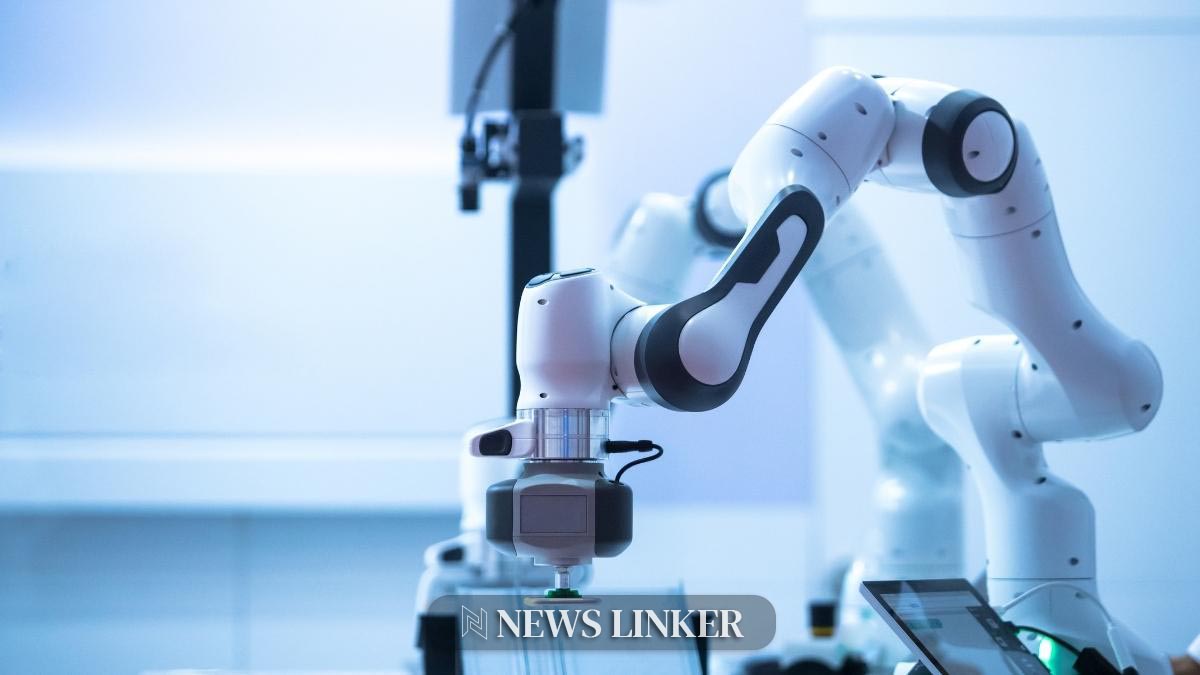Sony has unveiled its new microsurgery assistance robot aimed at improving precision in delicate surgical procedures. This Tokyo-based electronics giant is venturing into the surgical robotics market with a system designed to address the challenges faced by surgeons in traditional microsurgery. The robot facilitates automatic surgical instrument exchange and enhances control, potentially reducing human error and improving patient outcomes.
Sony’s latest innovation in surgical robotics introduces advanced features that stand out from earlier developments in the field. Historically, surgical robots have focused on broader applications with varying degrees of automation and precision. Sony’s microsurgery robot, however, emphasizes the importance of precision at a microscopic level, enabling procedures on tiny tissues such as veins and nerves. This shift in focus signifies a targeted approach to improving the efficiency and outcomes of microsurgical procedures.
In contrast to earlier surgical robots like Da Vinci, which is widely used for laparoscopic surgeries, Sony’s system incorporates a sensitive control device that closely replicates the surgeon’s hand and finger movements on a smaller scale. This degree of precision is a significant advancement, promising greater dexterity and accuracy in procedures that require meticulous attention to detail. By automating the instrument exchange, Sony aims to reduce interruptions and enhance the overall workflow in the operating room.
Features of Sony’s Microsurgery Robot
Sony’s microsurgery robot is equipped with several noteworthy features. The system includes a tabletop console that a surgeon operates and a robot that executes the surgical tasks. The surgeon’s hand movements on the console are scaled down significantly, enabling precise control of the robot’s surgical instruments. These instruments can be automatically exchanged, thanks to the miniaturization of components, which allows for multiple tools to be stored and swapped quickly.
Performance and Evaluation
The microsurgery robot’s performance was demonstrated in an experiment at Aichi Medical University. Surgeons and practitioners not specialized in microsurgery successfully performed microvascular anastomosis on animal blood vessels using the robot. This successful trial marked a significant milestone, as it was the first instance of such a procedure being carried out with a surgical assistant robot featuring automatic instrument exchange.
Key Inferences
– The robot’s precision control mimics human wrist movements for greater accuracy.
– Automatic instrument exchange reduces interruptions during surgery.
– The system’s microdisplay provides high-definition images for better visualization.
Looking ahead, Sony plans to collaborate with medical institutions and university departments to further refine and validate the effectiveness of its robotic technology. The goal is to address existing challenges in the medical field and aid in the progress of medical practices through advanced robotics. The company’s commitment to innovation in microsurgery could set new standards and expand the capabilities of surgeons performing delicate procedures.
By focusing on microsurgical applications, Sony’s new system offers practical solutions for complex medical procedures that demand high precision. This development could play a crucial role in enhancing the skills of novice surgeons, enabling them to perform intricate tasks with skill levels comparable to those of experienced professionals. As Sony continues to develop and test its robotics technology, the potential for improved surgical outcomes and patient care becomes increasingly promising.










